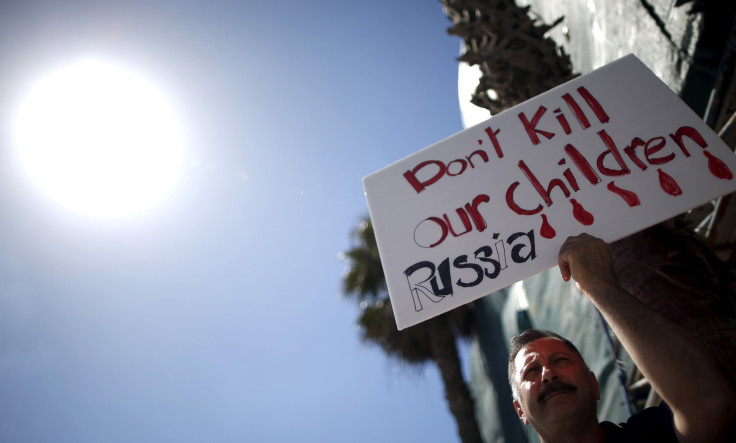Airlines flying over Middle East alerted due to Russian airstrikes in Syria

Safety alerts have been issued to airlines, including Qantas, flying over the Middle East because of the long-range missiles being fired by Russia at specific targets in Syria since the beginning of October as these can cross into their paths.
The aviation arms of the United Nations and the European Aviation Safety Agency, which keep watch over the European airspace, have issued the alerts on Oct. 9 following the announcement by Russia that it has fired targets in Syria from the Caspian Sea.
According to the online tracking air service FlightRadar24’s latest flight path data, the European Aviation Safety Agency has not issued any specific recommendation to avoid the airspace between Iran and the Caspian Sea, which is generally traversed by Qantas A380s.
"This safety information bulletin is issued to inform airspace users about the hazard," the European agency said. "EASA will amend this safety information bulletin if more specific information is received related to that situation."
Qantas, which connects the route between Dubai and London, passes over Iran and maintains a height of about 39,000 feet. The altitude is much higher than the height required for firing missiles at specific targets. The Qantas has stopped flying over Syria and Iraq, which would have allowed a more direct route, because of the potential threat posed by the conflict-stricken zone.
The United Nation’s air safety arm, International Civil Aviation Organization, said on Friday that it has already received reports of some airlines that opted for alternative routes.
The global aviation industry has become more alert since the downing of the Malaysia Airlines flight MH17 over Ukraine by surface-to-air missiles in July 2014. Timely alerts are being issued to carriers to enable them to avoid risks and avert a disaster. When MH17 was shot down, it was flying 1,000 feet higher than the minimum safe altitude suggested by the Ukrainian authorities.
A spokesperson for the Qantas said it is not yet confirmed whether the Australian carrier would change its path.
"But we always monitor and consult with the intelligence community on any safety risks and we have alternative flight paths in place if we decided they were necessary," the spokesman told the Sydney Morning Herald.
Contact the writer at feedback@ibtimes.com.au, or let us know what you think below.






